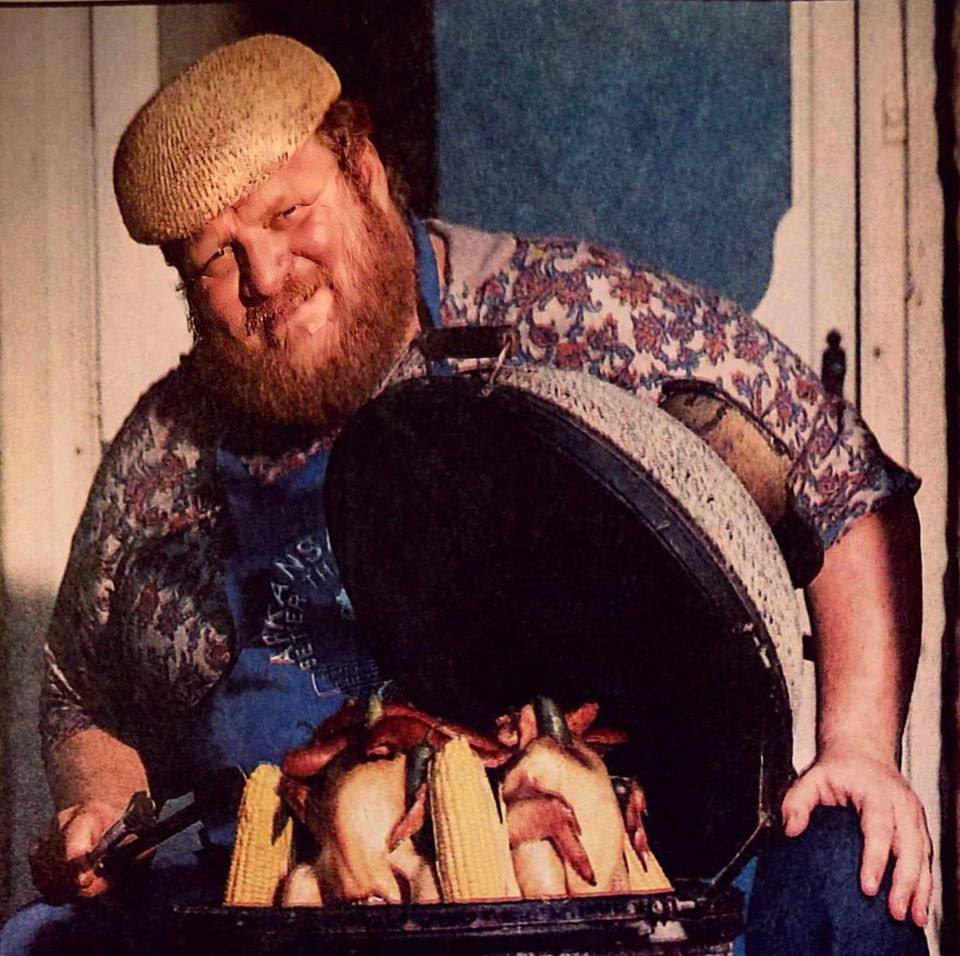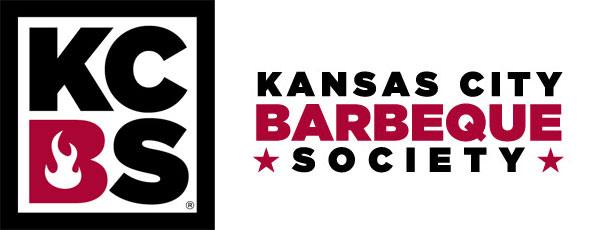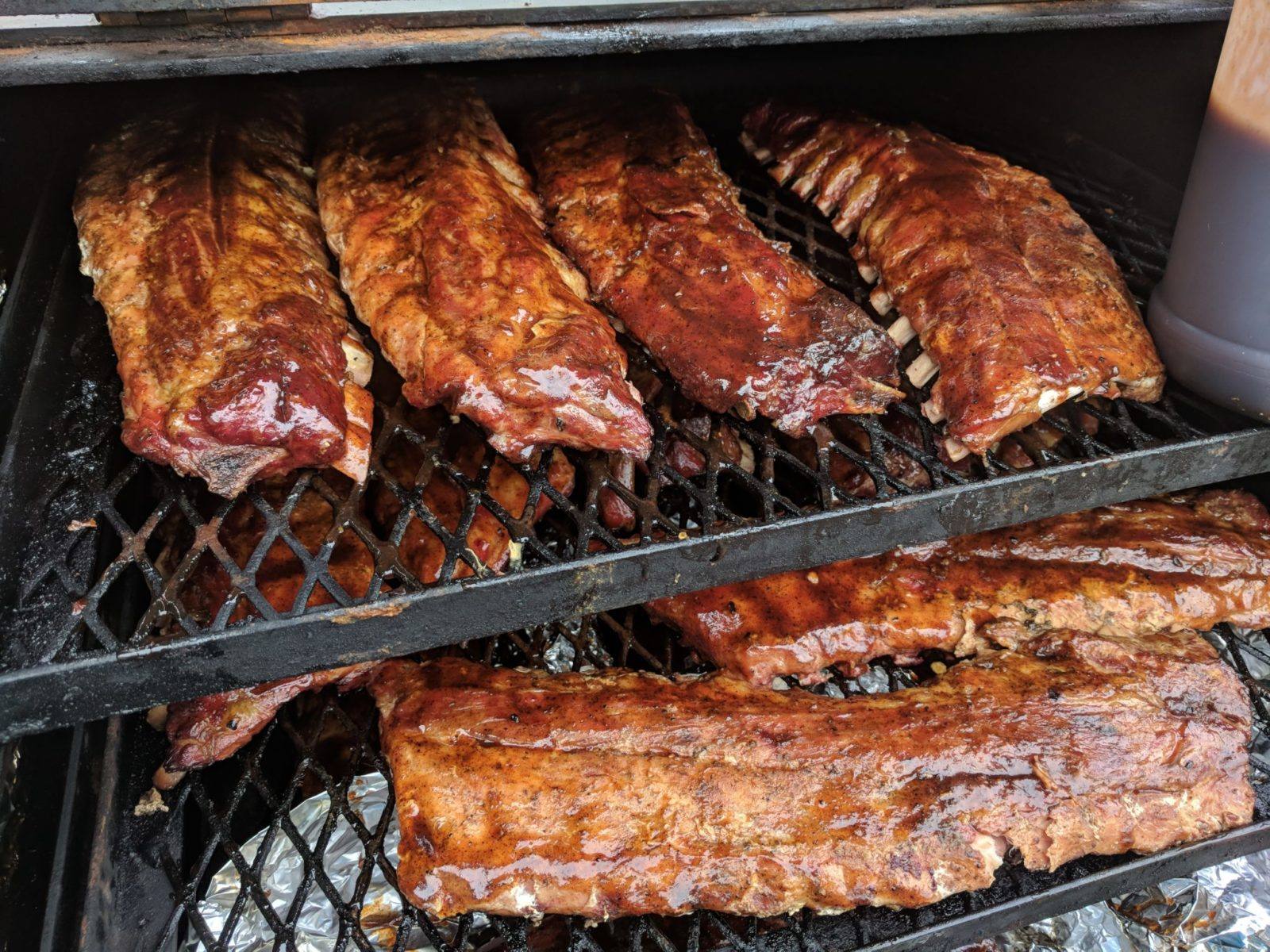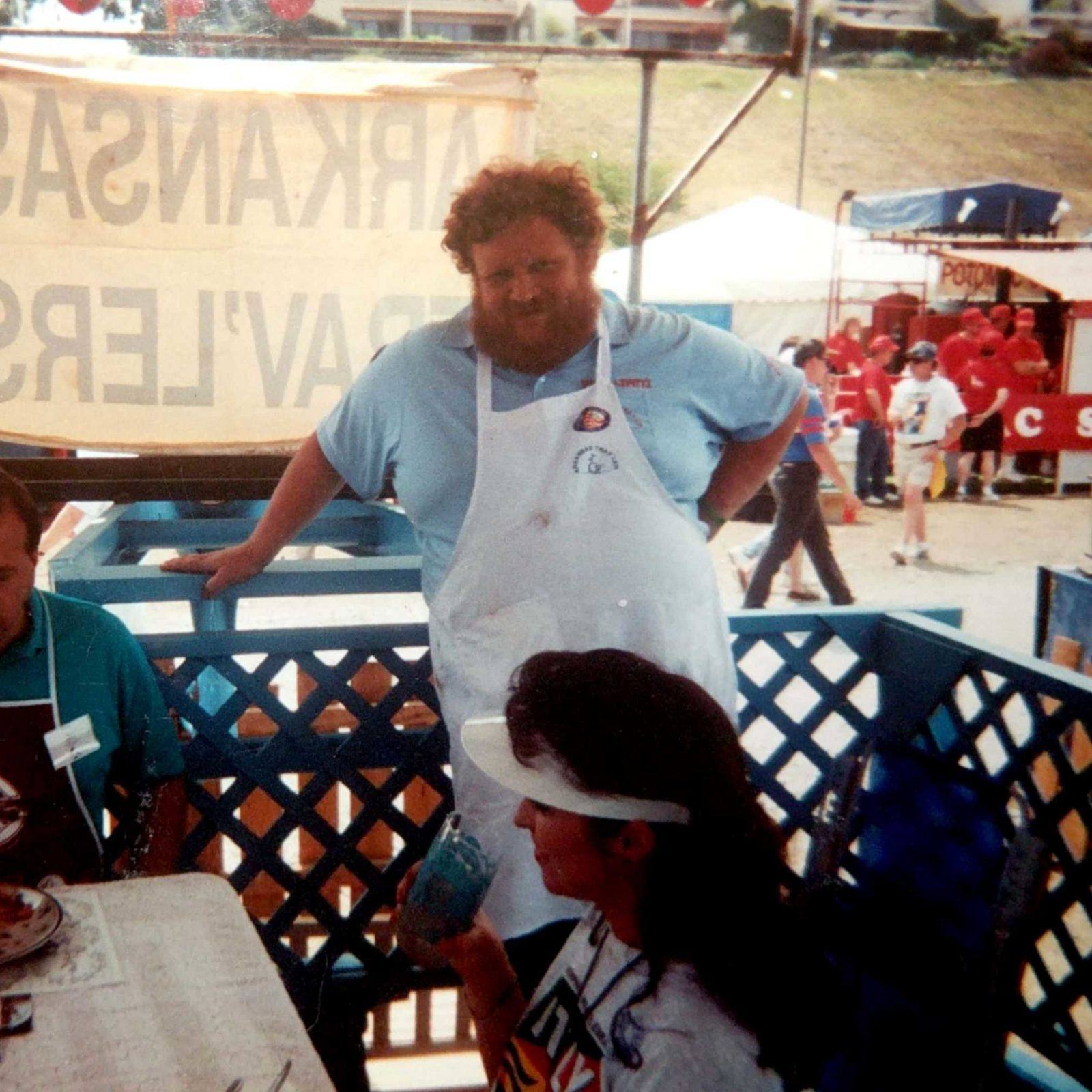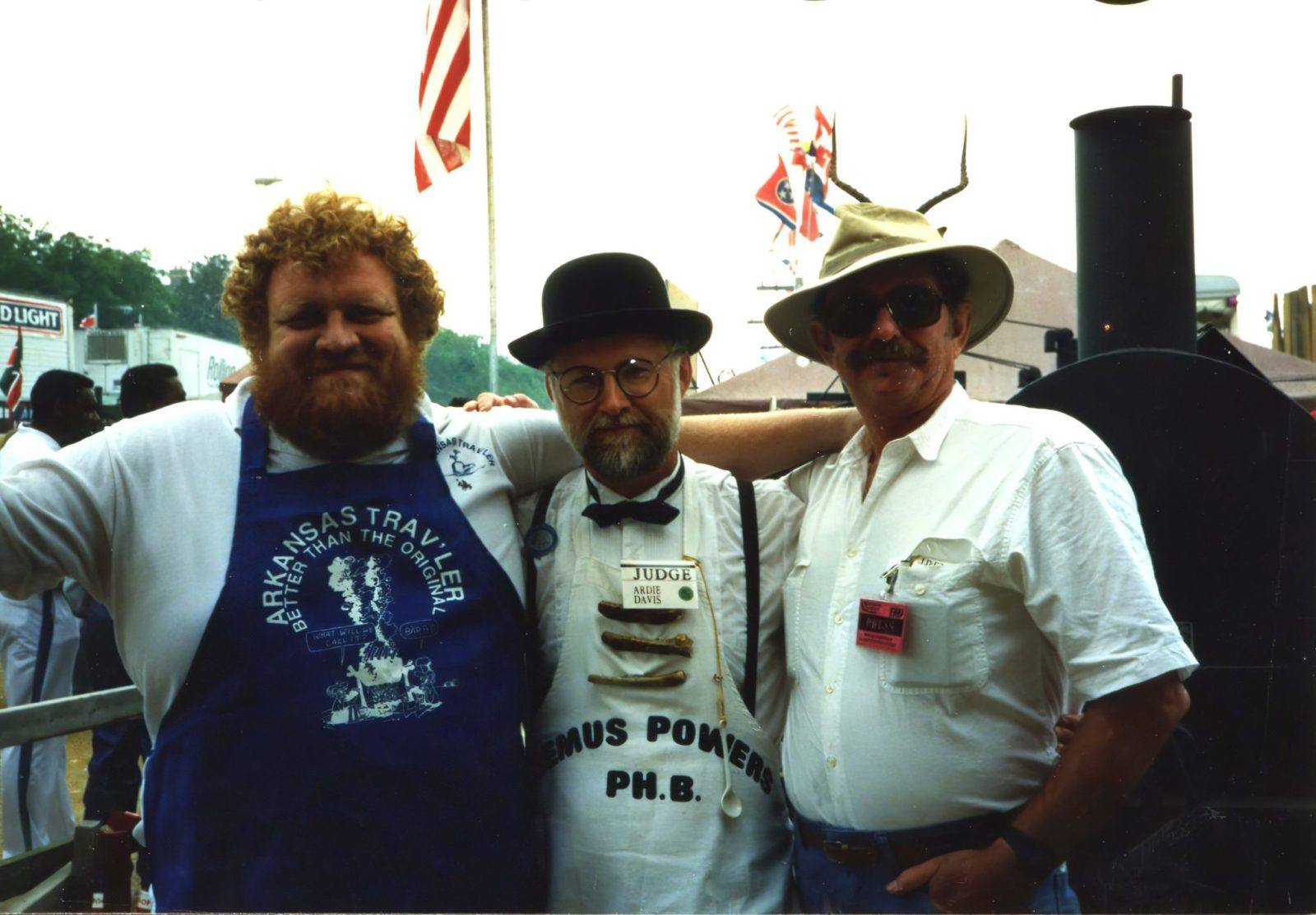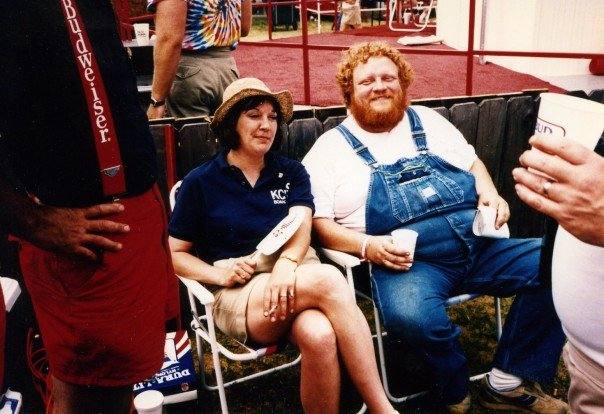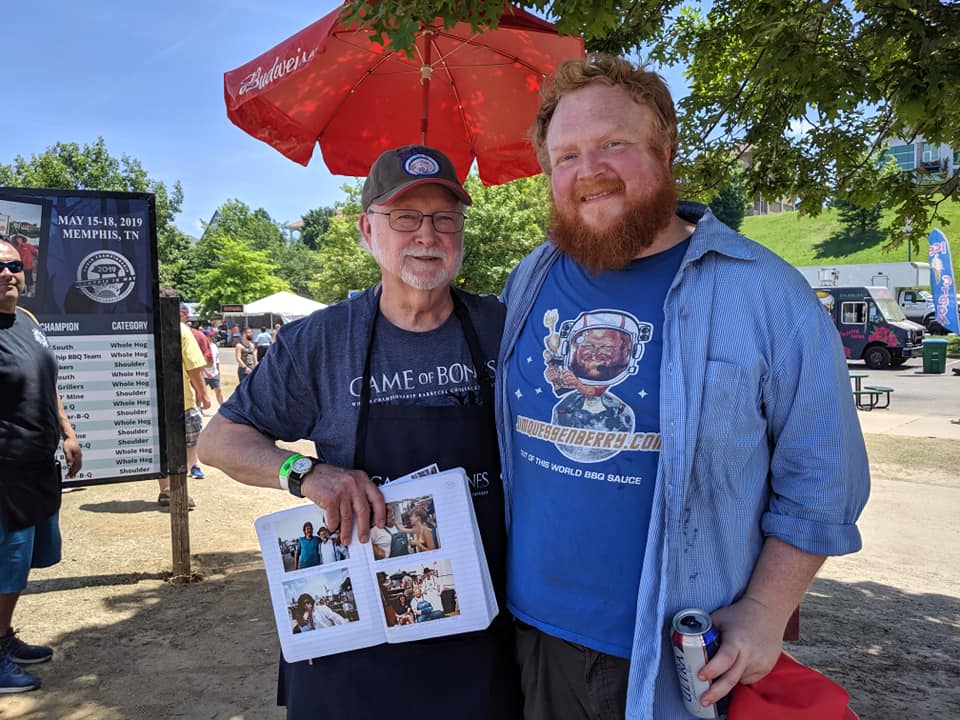The Bell Ringer: A Little Ribbers Caper with Lee and Michael
The Early Days: A Taste for Adventure and Barbecue
It all began in the picturesque landscapes of the American South, where family gatherings and celebrations were synonymous with the smoky aroma of barbecue. For young Michael Quessenberry, son of the legendary pitmaster Jim Quessenberry, these gatherings were a playground of flavors, a testing ground for his culinary curiosity, and an incubator for his passion for barbecue.
Born into a family where barbecue was a way of life, Michael’s love for smoke-infused meats and the camaraderie they inspired was kindled early. From Easter feasts to Christmas dinners, the Quessenberry family celebrations were incomplete without a barbecue cookout. As Michael grew older, his fascination with the world of barbecue grew stronger, drawn in by the intricate dance of smoke and spice, heat and meat.
The Memphis Excursion: A Father-Son Bonding Affair
As the mid-spring sun painted the skies of May, the city of Memphis transformed into a barbecue mecca. The Memphis in May World Championship Barbecue Cooking Contest was an event that Jim Quessenberry held close to his heart. For Michael, this event was more than just a competition; it was a whirlwind of music, food, and people – a vibrant spectacle that brought his father’s stories to life.
With the promise of adventure, Michael accompanied his father to the heart of the city, where the air was thick with the sweet, smoky perfume of barbecue. Amidst the hum of anticipation and the clinking of grills, they set up camp near Tom Lee Park, with the mighty Mississippi River flowing nearby.
As the city fell under night’s spell, the riverside came alive with the glow of a thousand barbecue fires. For Michael, it was an unforgettable sight – a constellation of grills flickering against the dark canvas of the Memphis night.
The Championship: More than Just a Competition
The World Championship was a battlefield where the best pitmasters showcased their skills, turning humble cuts of meat into culinary masterpieces. But for Jim and Michael, it was more than just a contest. It was a testament to their shared love for barbecue, a bond forged in the heat of the grill.
For Jim, a seasoned veteran of the competition and pioneer of American barbecue, it was a chance to pass on his legacy to his son. For Michael, it was an opportunity to learn from the best and to understand the art and science behind the perfect barbecue.
The Unforgettable Night: An Unexpected Wake-Up Call
As the excitement of the day gave way to the tranquility of night, the duo decided to catch a few hours of sleep, the slow-cooking meat requiring their attention in the early morning. As Jim nodded off, Michael kept a vigilant watch over the smoker, the quiet of the hour broken only by the crackling of the fire and the gentle lapping of the river.
The Bell Ringer: A Humorous Twist in the Tale
In the stillness of the early morning, a loud ringing cut through the silence. A drunken reveler, lost in the spirit of the festival, had decided to ring a large bell in the contest area. The sudden noise jolted Jim awake from his slumber. In a voice that echoed across the riverside, he yelled, “Quit ringing that GD Bell!” The place fell silent, and peace was restored, leaving behind a story that would be retold with a chuckle in the years to come.
The Legacy of Jim Quessenberry: More than Just a Pitmaster
Jim Quessenberry was more than just a pitmaster. He was a trailblazer, a mentor, and a loving father. His passion for barbecue went beyond the grill, as he developed his line of barbecue products, Sauce Beautiful, which continue to tantalize taste buds all over the country.
Every bottle of Sauce Beautiful carries Jim’s legacy – a blend of tradition, innovation, and a whole lot of love for barbecue. Today, as CEO of Jim Quessenberry BBQ, Michael continues to honor his father’s memory, sharing the flavors and stories that are an integral part of the Quessenberry legacy.
Celebrating National BBQ Month: A Tribute to Jim Quessenberry
As May rolls around, bringing with it the promise of sunny skies and perfect barbecue weather, we celebrate National BBQ Month. For Michael, this month is a tribute to his father’s legacy, a celebration of the man who put his heart and soul into every rack of ribs and every bottle of Sauce Beautiful.
So this National BBQ Month, let’s fire up those grills, slather on some Sauce Beautiful, and share stories around the barbecue – just like Jim Quessenberry would have wanted.
The Journey Continues: Spreading the Love for Barbecue
Michael’s journey in the world of barbecue is far from over. With each cookout, each bottle of Sauce Beautiful, he continues to spread his father’s love for barbecue, one grill at a time. From memorable poolside barbecues to triumphant wins at barbecue championships, Michael carries forward the torch of the Quessenberry barbecue legacy, adding his own chapters to the delicious saga.
Whether you’re a seasoned pitmaster or a barbecue enthusiast, let’s celebrate the love for barbecue, this National BBQ Month and beyond. After all, life is better with barbecue – a sentiment that Jim Quessenberry wholeheartedly believed in. So here’s to sunny days, smoky grills, and Sauce Beautiful – the perfect recipe for creating delicious memories!


